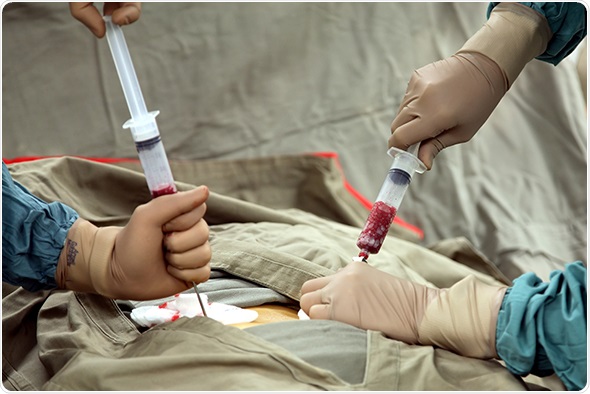Submitted by GAtherton on 6 February 2017
Hospitalisations related to invasive aspergillosis rose significantly in the US between 2000 and 2013 with nearly 170,000 cases reported. The rate of hospitalisation (which takes in for account any changes in population size) for aspergillosis rose from 32.8 to 46 cases per million people, so there are nearly 50% more people being hospitalised in 2013 compared with 2000.
It has not been easy to arrive at these figures as aspergillosis is not a notifiable disease (unlike Tb for example) so the authors of this research paper have had to estimate using a combination of known numbers of procedures that have a high risk of aspergillosis eg transplant surgery, stem cell transplantation and blood cancers, and national census numbers.
The figures probably reflect the great number of procedures that are now carried out in the US that carry a high risk of fungal infection and highlight the growing importance of research into better diagnosis and treatment of aspergillosis as the burden of fungal disease is likely to rise further.
Quoting
“The researchers reported an estimated 169,110 invasive aspergillosis-related hospitalizations and 9,966 mucormycosis-related hospitalizations. Overall rates rose from 32.8 to 46 cases per million for aspergillosis and from 1.7 to 3.4 cases per million for mucormycosis (P < .001 for both). Among stem cell transplantation–related hospitalizations, researchers reported no significant change in mucormycosis hospitalizations, although hospitalizations related to invasive aspergillosis declined (P = .004). Vallabhaneni and colleagues wrote that mucormycosis increased (P < .001) among hematologic malignancy–related hospitalizations, whereas invasive aspergillosis did not significantly change (P = .073). Hospitalizations related to both infections increased among hospitalizations for solid organ transplants (P = .038 for mucormycosis; P < .001 for invasive aspergillosis).
“Overall rates of invasive aspergillosis and mucormycosis-related hospitalizations have increased in the United States since 2000,” the researchers wrote. “Although the incidence of mucormycosis remains several fold lower than that of invasive aspergillosis, mucormycosis is becoming an increasingly important invasive mold infection, especially among highly immunocompromised patients such as those with hematopoietic stem cell transplantations, hematologic malignancies and solid organ transplants. Ongoing surveillance to better understand the true burden of invasive aspergillosis, mucormycosis and other invasive mold infections and strategies for the control of these infections are needed.” – by Andy Polhamus
News archives
-
Title
Date



